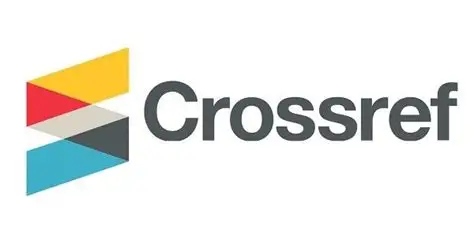ARTIFICIAL INTELLIGENCE IN THE BANKING ECOSYSTEM: CHALLENGES, OPPORTUNITIES, AND FUTURE DIRECTIONS.
Keywords:
Artificial Intelligence, Banking Ecosystem, Digital Transformation, Fraud Detection, Risk Management, Data Privacy, Ethical AI, Personalized Financial Services, Regulatory Compliance, Financial Inclusion,,Abstract
The integration of Artificial Intelligence into the banking ecosystem has
emerged as a cornerstone of digital transformation, profoundly reshaping how financial institutions
operate and interact with consumers. AI applications such as chatbots, virtual assistants, and
automated advisory services are enhancing customer experience by offering 24/7, personalized, and
efficient solutions. In parallel, advanced machine learning algorithms are proving highly effective in
fraud detection, risk assessment, credit scoring, and compliance monitoring, thereby strengthening
financial security and trust. However, the deployment of AI in banking is not without challenges.
Concerns about data privacy, algorithmic bias, ethical implications, and transparency in decision
making are raising critical debates that demand careful attention from policymakers, regulators, and
financial institutions alike. Additionally, the fast-paced development of AI technologies necessitates
adaptive regulatory frameworks and robust governance models to ensure responsible innovation.
Looking toward the future, the banking industry is expected to leverage AI further for hyper
personalized financial products, predictive analytics, and improved financial inclusion, creating a
more customer-centric and efficient system. This research underscores the dual nature of AI in
banking—where both opportunities and risks must be critically balanced to shape a secure, ethical,
and innovative financial ecosystem.
References
Accenture. (2020). The Future of Banking is Human + Machine.
BCBS (Basel Committee on Banking Supervision). (2021). Principles for the operational
resilience of banks.
Chaudhuri, R., Bhattacharya, S., & Chatterjee, S. (2021). Artificial Intelligence in Banking: A
Systematic Review. Journal of Banking & Financial Technology, 15(1), 1-18.
Chen, Y. (2018). The synergy of artificial intelligence and blockchain: A new paradigm for
financial services. Journal of Innovation in Financial Services, 5(2), 45-62.
DataDome. (2025). How AI Is Used in Fraud Detection in 2025. Retrieved
from https://datadome.co/threat-research/ai-fraud-detection-in-2025/
Deloitte. (2021). Future of Financial Services: The AI Talent Imperative.
European Parliament. (2016). General Data Protection Regulation (GDPR).
G20/OECD. (2022). G20/OECD High-Level Principles on AI.
IBM. (2023). AI in Banking: How banks are using artificial intelligence. Retrieved
from https://www.ibm.com/topics/ai-banking
Jain, A., & Kaur, P. (2022). The role of artificial intelligence in anti-money laundering. Journal
of Financial Crime, 29(1), 125-140.
Kroll, T. (2017). Understanding the black box: The challenge of algorithmic transparency.
Nassaj, J. (2021). Artificial Intelligence in the Banking Ecosystem. Master's Thesis, University
of Zurich.
NIST (National Institute of Standards and Technology). (2023). Generative AI in Banking:
Opportunities and Risks.
O'Neil, C. (2016). Weapons of Math Destruction: How Big Data Increases Inequality and
Threatens Democracy. Crown.
PwC. (2021). Robotic Process Automation (RPA) in the Banking Industry: A New Era of
Efficiency.


